The Mughal Empire was one of the most influential and prosperous dynasties in the history of India, spanning from the 16th to the 19th century. The Mughals were known for their lavish and artistic lifestyle, which was reflected in their architecture, painting, literature, and of course, jewelry. Mughal jewelry was not only a symbol of wealth and status but also a form of expression and creativity. In this blog post, we will explore the style, features, and influences of Mughal Empire jewelry, and how it has inspired modern designers and collectors.

https://www.indianetzone.com/42/jewellery_women_rajasthan.htm
Style of Mughal Jewelry
Mughal jewelry was characterized by its intricate craftsmanship, exquisite design, and use of precious gemstones. The Mughals inherited the Persian tradition of using gold and enamel to create elaborate patterns and motifs on their jewelry. They also adopted the Indian technique of setting gemstones in gold using kundan, a pure form of gold foil. Kundan jewelry was popular among both men and women, and often featured polki, uncut diamonds that retained their natural shape and sparkle.

https://www.pinterest.com/pin/186336503312142343/
Mughal jewelry also incorporated various types of gemstones, such as diamond, emerald, ruby, jade, pearls, tourmaline, topaz, and many other qualities of beads³. The Mughals had access to some of the finest and rarest gems in the world, thanks to their trade and conquests. They also had a keen eye for quality and aesthetics, and often commissioned skilled artisans to cut and polish their gems to enhance their beauty and brilliance.
Some of the most famous jewels of the Mughal Empire include:
– The Koh-i-Noor: A 105-carat diamond that was once part of the Peacock Throne of Shah Jahan. It is now part of the British Crown Jewels.
– The Daria-i-Noor: A 182-carat pale pink diamond that was also part of the Peacock Throne. It is now in the Iranian Crown Jewels.
– The Noor-ul-Ain: A 60-carat oval pink diamond that was set in a tiara for the Empress Farah Pahlavi of Iran.
– The Timur Ruby: A 361-carat red spinel that was inscribed with the names of six Mughal emperors. It is now in the British Crown Jewels.
– The Great Mogul Diamond: A 787-carat diamond that was described by the French traveler Jean-Baptiste Tavernier in 1665. It was reportedly lost or stolen after the invasion of Nadir Shah in 1739.
Features of Mughal Jewelry
Mughal jewelry was not only ornamental but also functional and symbolic. Some of the features of Mughal jewelry include:
– Turban ornaments: These were worn by both men and women to adorn their headgear. They consisted of plumes (kalgi or figha), bands (sarpich), or brooches (sarpech) that were studded with gems and pearls². They often represented rank, authority, or allegiance.
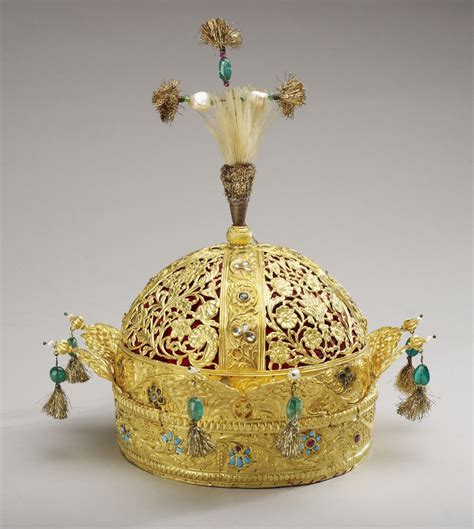
https://pl.pinterest.com/pin/413557178261843169/
– Earrings: These were worn by both men and women to decorate their ears. They ranged from simple hoops or studs to elaborate pendants or clusters that hung from chains or wires². They often matched the necklace or other pieces of jewelry.
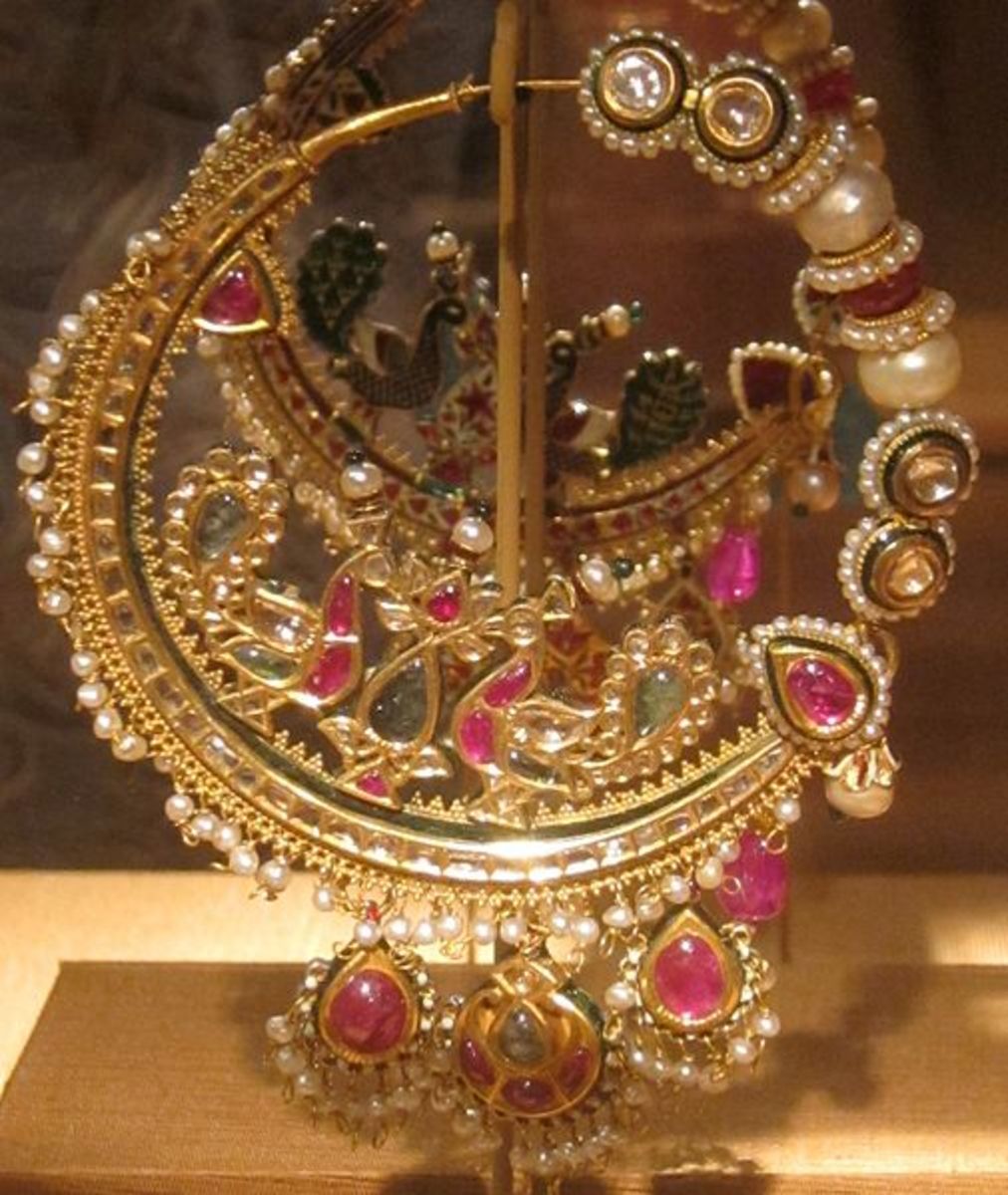
https://bellatory.com/fashion-accessories/Mughal-Jewelry-Royal-and-antique-jewelry-of-North-India
– Necklaces: These were worn by both men and women to embellish their necks. They varied from single strands or chains to multiple layers or collars that covered the chest². They often featured pendants or medallions that bore religious or royal symbols.
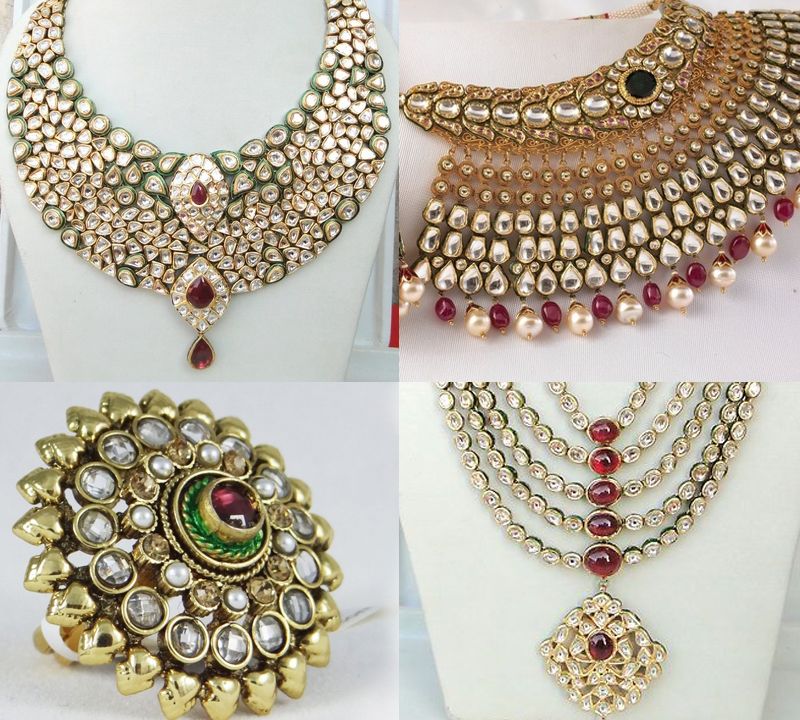
https://in.pinterest.com/pin/448952656583271348/
– Rings: These were worn by both men and women to adorn their fingers. They could be plain bands or elaborate settings that held gems or seals². They often served as personal or official signatures.
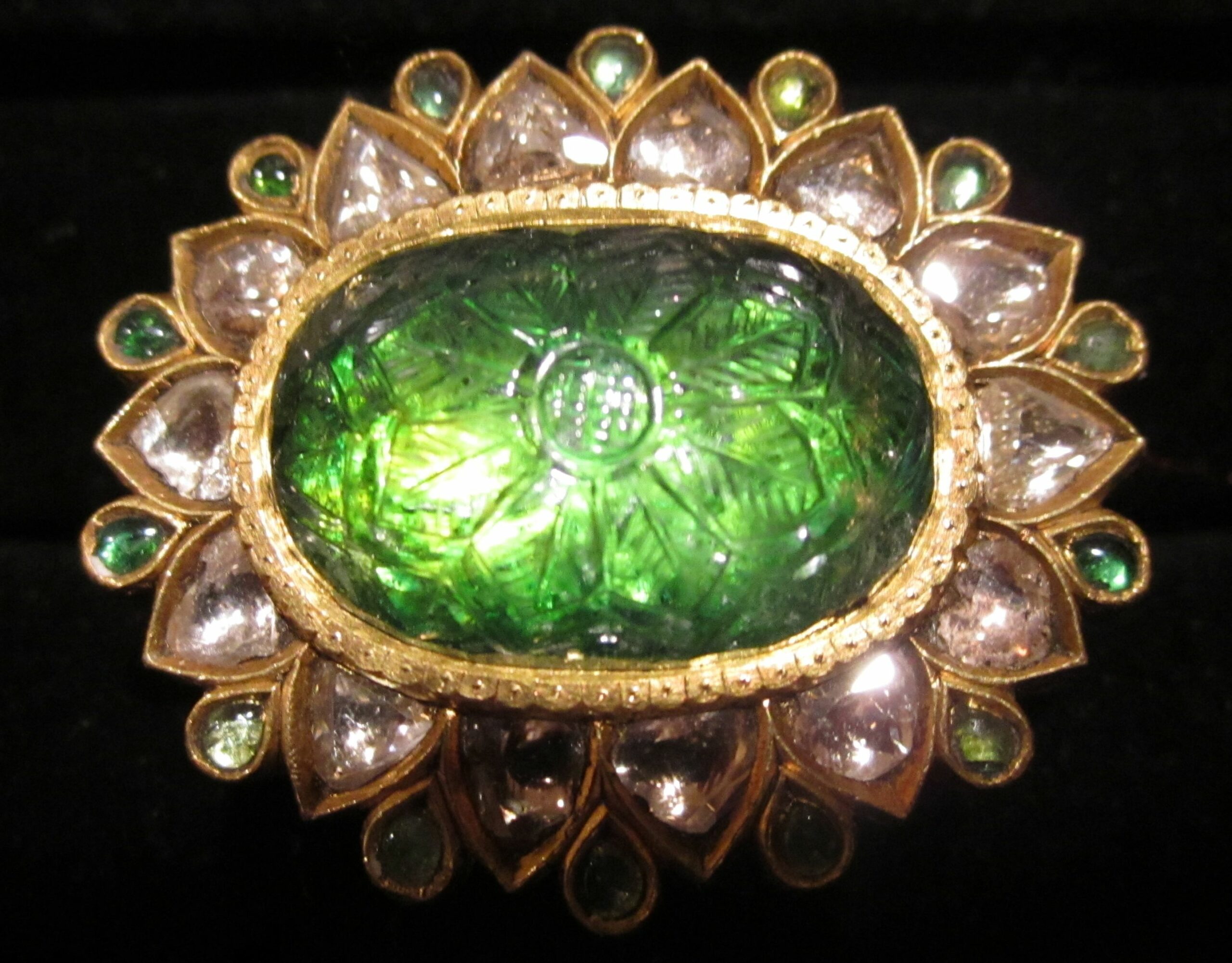
https://www.pinterest.com/pin/27514247696472736/
– Bracelets: These were worn by both men and women to decorate their wrists. They could be simple bangles or cuffs or intricate links or mesh that wrapped around the arm². They often had charms or bells that made sounds when moved.
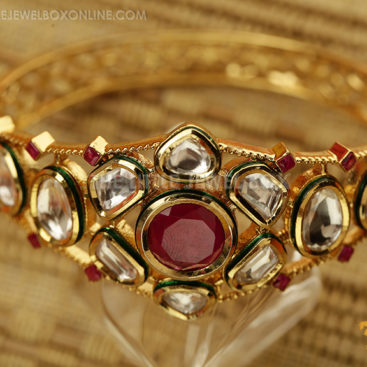
https://thelittlejewelboxonline.com/product/gold-plated-bracelet-with-1-5ct-sized-solitaire/
– Anklets: These were worn by women to beautify their ankles. They could be simple rings or chains or complex designs that covered the foot. They often had bells or beads that tinkled when walked.
Influences on Mughal Jewelry
Mughal jewelry was influenced by various cultures and regions that the Mughals came into contact with. Some of the influences on Mughal jewelry include:
– Persian Influence: The Mughals traced their ancestry to Timur, a Turkic-Mongol conqueror who ruled over Persia in the 14th century. The Mughals inherited the Persian love for gold, enamel, floral motifs, and geometric patterns in their jewelry. They also adopted the Persian style of wearing multiple pieces of jewelry at once, such as earrings, necklaces, bracelets, and rings.
– Indian Influence: The Mughals ruled over most of India for over three centuries, and assimilated the Indian culture and art in their jewelry. The Mughals adopted the Indian technique of kundan, which allowed them to set gemstones in gold without using any metal claws or prongs. They also incorporated the Indian motifs of animals, birds, plants, and deities in their jewelry.
– European Influence: The Mughals had trade and diplomatic relations with several European countries, such as Portugal, France, and England. The Mughals were exposed to the European style of jewelry, which featured cut and faceted gemstones, enamel painting, and filigree work. They also adapted some of the European forms of jewelry, such as hat aigrettes, tiaras, and brooches.
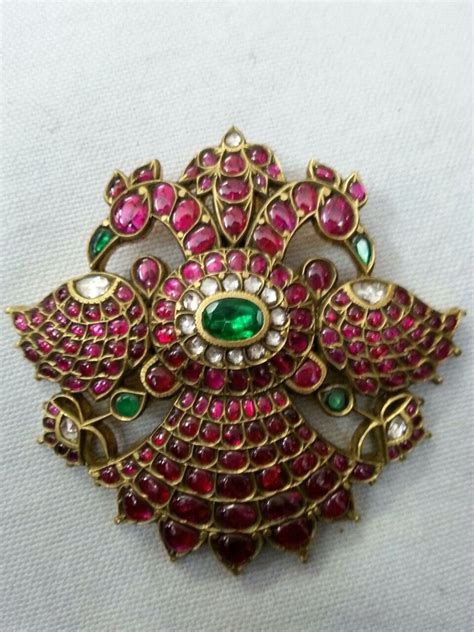
https://www.pinterest.com/pin/509751251571055590/
Modern Inspiration from Mughal Jewelry
Mughal jewelry has inspired many modern designers and collectors who admire its beauty and craftsmanship. Some of the examples of modern inspiration from Mughal jewelry include:
– Cartier: The French luxury jeweler has created several pieces that are inspired by Mughal jewelry, such as the Tutti Frutti necklace that features carved emeralds, rubies, and sapphires in a floral pattern.

https://www.pinterest.com/pin/528187862545271256/
– Tanishq: The Indian jewelry brand has launched several collections that are inspired by Mughal jewelry, such as the Padmavati collection that features kundan and polki jewelry with pearls and meenakari work.

– Christie’s: The British auction house has sold several pieces of Mughal jewelry that have fetched record prices, such as the Mirror of Paradise diamond ring that sold for $6.5 million in 2019.
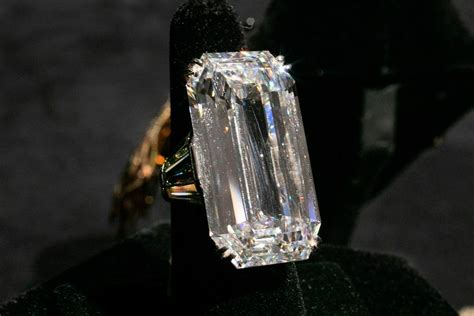
https://www.tatler.com/article/christies-maharajas-and-mughal-auction
Conclusion
Mughal jewelry was a remarkable achievement of art and culture that reflected the glory and diversity of the Mughal Empire. It combined the best of Persian, Indian, and European styles and techniques to create stunning pieces of jewelry that were worn by royalty and nobility. Mughal jewelry has left a lasting legacy that continues to fascinate and inspire people today.
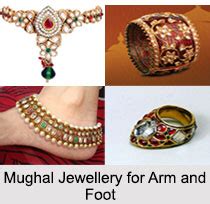
https://www.indianetzone.com/18/moghul_arms_leg_ornaments.ht
EXCLUSIVELY WRITTEN BY: KULSOOM SAGHIR
Recommend0 recommendationsPublished in Jewelry, Our Fashion Passion






